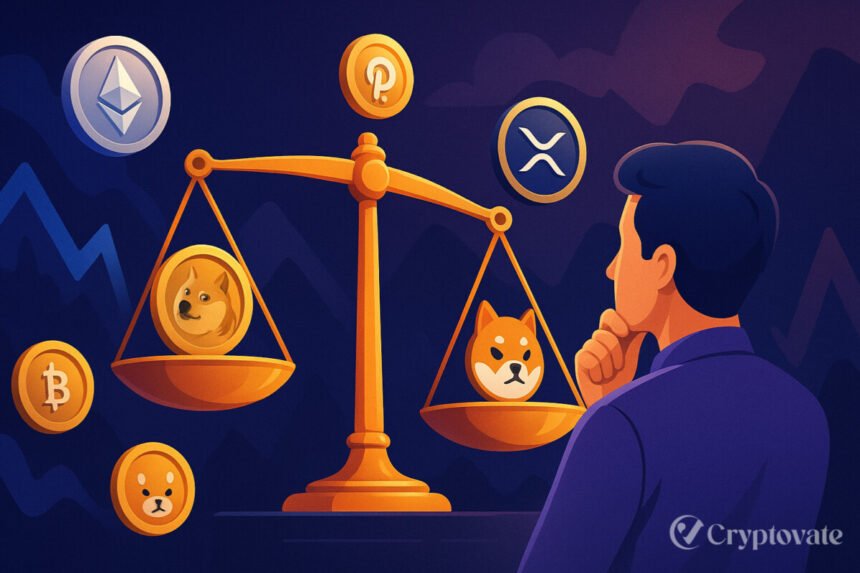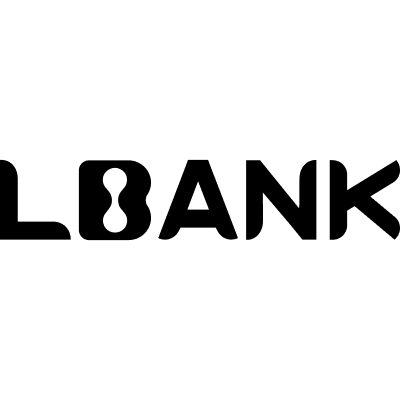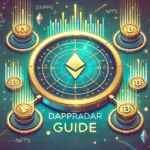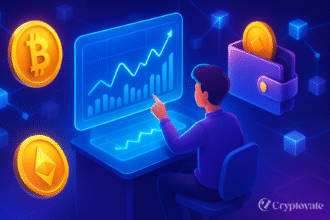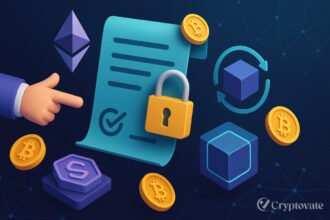– Ad –
| Getting your Trinity Audio player ready... |
The cryptocurrency market in 2025 is brimming with potential, especially for altcoins—cryptocurrencies other than Bitcoin. With Bitcoin surpassing $100,000 and institutional interest surging, altcoins offer tantalizing opportunities for high returns. However, their promise comes with significant risks, from extreme volatility to regulatory hurdles. This article explores the rewards and risks of altcoin investing in 2025 and provides strategies to navigate this high-stakes landscape.
The Rewards of Altcoin Investing in 2025
Altcoins are gaining traction due to their innovative use cases and potential for outsized gains. Here’s why they’re attractive:
- High Growth Potential: Altcoins, especially small-cap projects with market caps under $100M, can deliver exponential returns. For example, Solana’s 300% surge in 2024 outpaced Bitcoin’s 100% growth, showcasing the potential for massive ROI. Low initial market caps leave room for significant price appreciation compared to Bitcoin’s mature market.
- Diverse Use Cases: Altcoins power decentralized finance (DeFi), non-fungible tokens (NFTs), gaming, and real-world asset (RWA) tokenization. Projects like Chainlink, which connects smart contracts to real-world data, or HyperLiquid, a decentralized exchange for perpetual futures, demonstrate how altcoins drive innovation across industries.
- Institutional Backing: Increasing institutional adoption, such as ETF filings for Solana and XRP, signals growing confidence in altcoins. Regulatory clarity in regions like Hong Kong further boosts projects like Ethena’s USDE stablecoin, making them appealing for investors.
- Market Dynamics: As Bitcoin consolidates above $100,000, capital often rotates into riskier assets like altcoins, fueling potential rallies. The Blockchain Center’s Altcoin Season Index indicates that when 75% of the top 50 altcoins outperform Bitcoin over 90 days, an altcoin season may be underway, promising significant gains.
To explore promising projects, check out our Top 10 Altcoins for 2025, which highlights coins with strong fundamentals and growth potential.
The Risks of Altcoin Investing in 2025
Although the potential gains are attractive, investing in altcoins involves significant risks. Understanding these is crucial for informed decision-making.
- Extreme Volatility: Altcoins are notoriously volatile, with price swings of 20–30% in a single day. For instance, meme coins like Shiba Inu have average holding periods of just 13 days due to rapid fluctuations, posing risks of significant losses. When Bitcoin corrects, altcoins often experience sharper declines, amplifying losses.
- Regulatory Uncertainty: The regulatory landscape for altcoins remains unclear. Some tokens, like BNB, face scrutiny over whether they should be registered as securities. Potential regulations could impact DeFi tokens or stablecoins, affecting their value and adoption.
- Project Failures and Scams: Many altcoins fail due to weak fundamentals, poor execution, or outright fraud. The altcoin space has seen numerous scams, with projects disappearing after raising funds. Investors must verify partnerships and review security audits from firms like CertiK to avoid fraudulent projects.
- Low Liquidity: Smaller altcoins often have lower trading volumes, making it hard to buy or sell without impacting prices. This lack of liquidity increases the risk of being unable to exit positions during market downturns.
- Token Unlocks: In 2025, many projects from 2024 will face token unlocks, flooding the market with new supply and creating downward price pressure. This dilution can erode gains, even in a growing market.
Despite these risks, strategic investing can unlock the potential of altcoins.
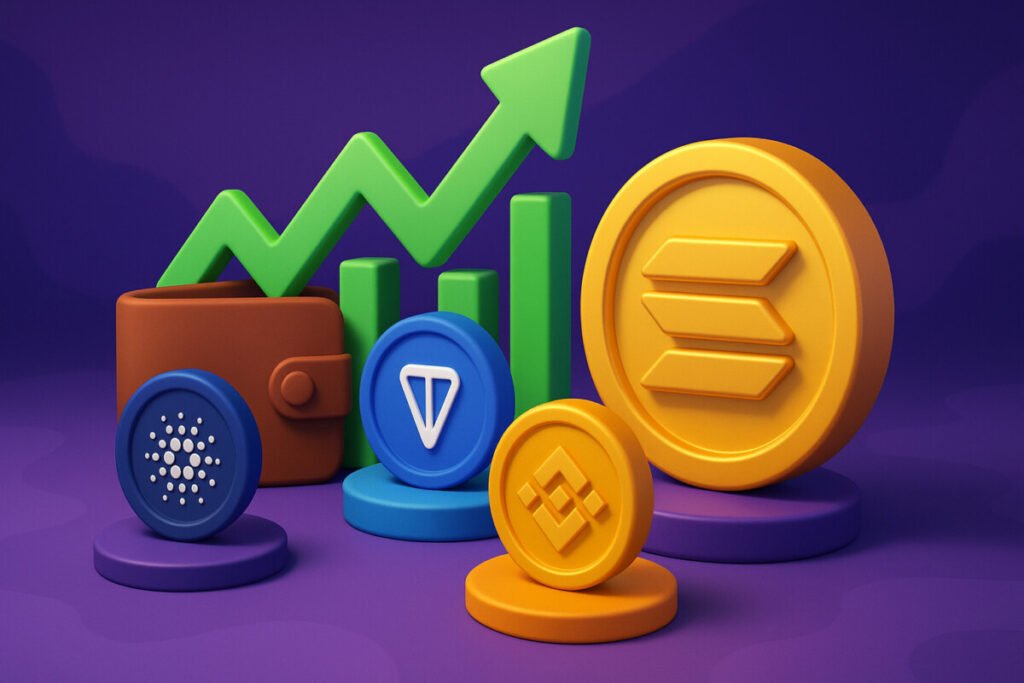
Strategies to Mitigate Risks and Maximize Rewards
To balance the high rewards and higher risks of altcoin investing, adopt these strategies:
- Conduct Thorough Due Diligence: Research a project’s use case, team, and tokenomics. Read whitepapers to understand the technology and roadmap. Verify partnerships with reputable companies (e.g., Chainlink’s collaborations with Google Cloud) and check for security audits from trusted firms like CertiK to ensure project legitimacy.
- Diversify Your Portfolio: Spread investments across large-cap (e.g., Ethereum), mid-cap (e.g., Solana), and small-cap altcoins (e.g., Kaspa) to balance risk and reward. A suggested allocation is 50% large-cap, 30–35% mid-cap, and 15–20% small-cap, as recommended by crypto analysts. This approach reduces reliance on a single project.
- Use Technical Analysis: Indicators such as the Relative Strength Index (RSI) and support/resistance levels assist in spotting optimal points for entering or exiting trades. For example, an RSI below 30 may signal an oversold altcoin with rebound potential, as seen with Cardano’s recent RSI of 47.68.
- Monitor Market Trends: Track Bitcoin dominance (currently ~64%) and altcoin market cap (~$1.1T). A drop in Bitcoin dominance below 60% or an altcoin market cap breakout above $1.3T could signal an altcoin season, per market data. Use platforms like CoinMarketCap for real-time insights.
- Invest Only What You Can Afford to Lose: Considering the volatility of altcoins, invest only money you can afford to lose. Avoid using borrowed money or overcommitting to speculative projects like meme coins.
Tools for Safe Altcoin Investing
Leverage these resources to make informed decisions:
- Market Data Platforms: CoinMarketCap and CoinGecko provide price, volume, and market cap data to assess liquidity and trends.
- Blockchain Analytics: DeFiLlama tracks protocol usage (e.g., total value locked), while Etherscan verifies smart contracts and wallet activity.
- News and Community Insights: Follow crypto news on reputable sites and join discussions on platforms like Reddit or Discord to gauge community sentiment. Verify authenticity to avoid hype-driven scams.
- Portfolio Trackers: Apps like Delta help monitor investments and set price alerts.
Conclusion
Altcoin investing in 2025 offers the potential for high rewards, driven by innovation, institutional interest, and market dynamics. However, the risks—volatility, regulatory uncertainty, and project failures—require careful navigation. By conducting thorough research, diversifying your portfolio, and using reliable tools, you can maximize returns while minimizing risks.
FAQs
Why are altcoins considered high-reward investments in 2025?
Altcoins, especially small-cap projects, offer high ROI potential due to their low market caps and innovative use cases in DeFi, NFTs, and RWA tokenization. For example, Solana’s 300% growth in 2024 shows their potential to outpace Bitcoin.
What are the biggest risks of investing in altcoins?
Altcoins face extreme volatility (20–30% daily swings), regulatory uncertainty, low liquidity, and risks of project failures or scams. Token unlocks in 2025 may also dilute prices, increasing investment risks.
How can I reduce risks when investing in altcoins?
Conduct due diligence by researching use cases, teams, and audits. Diversify across large-, mid-, and small-cap altcoins, use technical analysis, and only invest what you can afford to lose.
What tools should I use to research altcoins in 2025?
Use CoinMarketCap for market data, DeFiLlama for protocol analytics, and Etherscan for contract verification. Portfolio trackers like Blockfolio help monitor investments, while news sites provide market updates.
How do I know when to invest in altcoins?
Monitor Bitcoin dominance (below 60% signals altcoin season) and altcoin market cap (breakout above $1.3T). Technical indicators like RSI and support levels also help time entries, as seen with Cardano’s recent trends.


